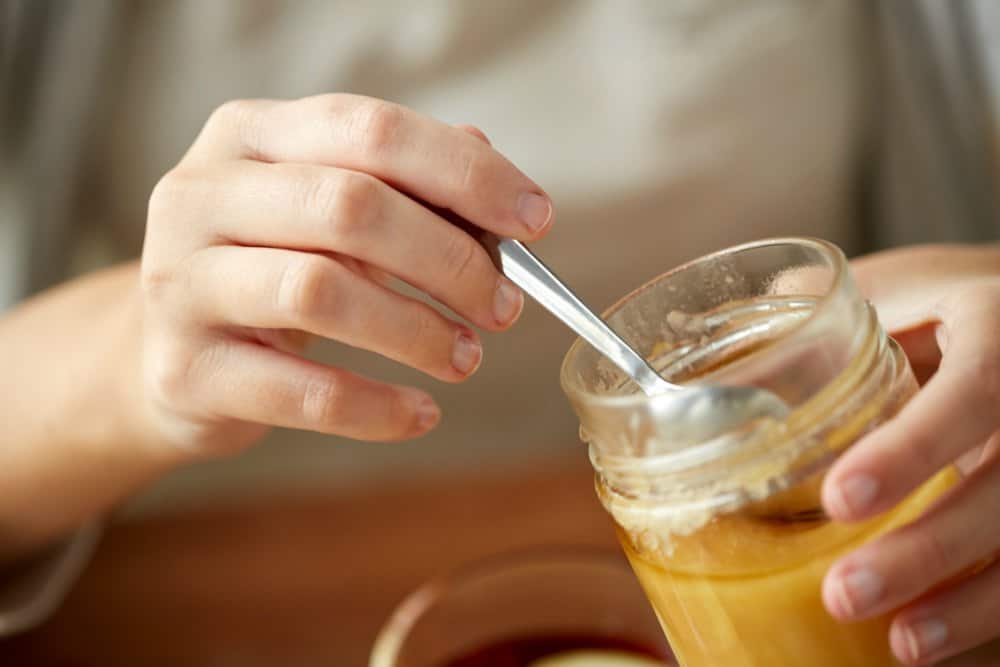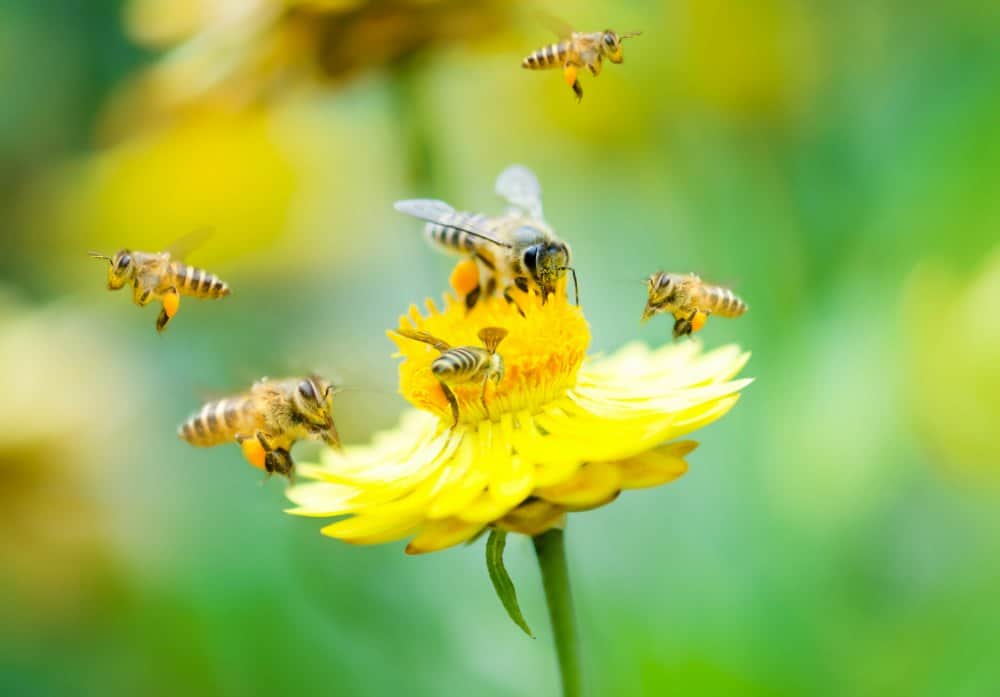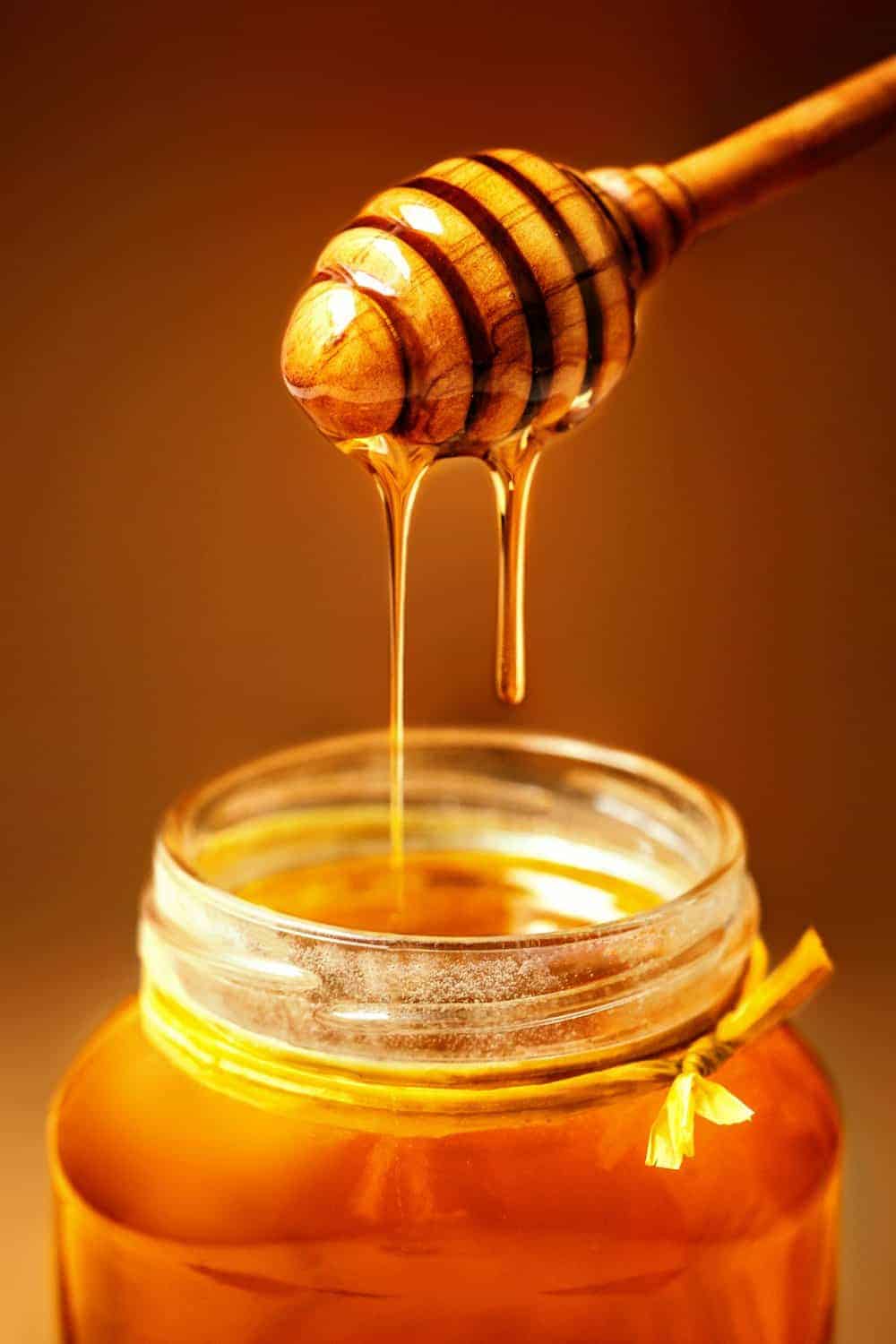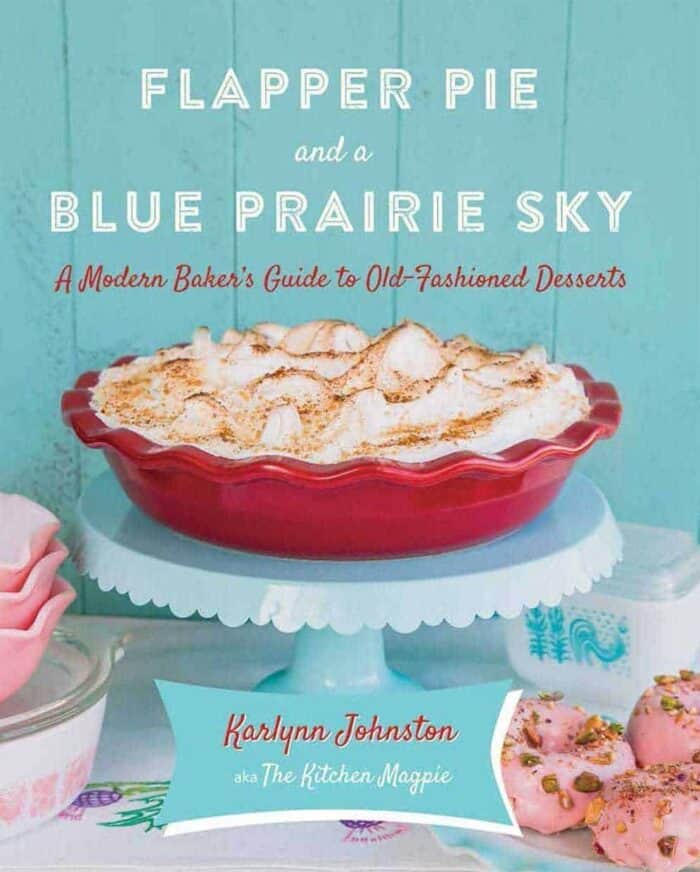When explorers first entered the tomb of Tutankhamen, an ancient Egyptian pharaoh, they expected to find riches beyond their wildest imagining. However, instead of gold and jewels, they found a very different golden-colored treasure – pots and pots of honey.
Surely these jars of sweet deliciousness can’t still be good to eat after all these thousands of years? Honey must go bad eventually, right? Let’s find out.

What Is Honey?
Although everyone is familiar with the sweet, sticky substance that hangs out inside convenient squeeze-y bottles in supermarkets, what actually is inside all that golden sweetness? Honey is typically used as a sugar substitute, but it is actually way more chemically complex and interesting than just simple sugar.
As most honey packaging loves to remind you, honey is made by bees from nectar gathered from flowers. However, it isn’t just simple sugar turned into golden syrup for putting on toast or using in desserts – it is actually a complex, evolutionary tool designed for the bees’ survival.
By turning nectar into honey through an in-depth process of continuous regurgitation and dehydration, bees can keep their food over winter and stop themselves from starving. Additionally, it is packed with all kinds of incredibly antibacterial and health-boosting benefits, meaning it doesn’t just taste great, but it’s actually pretty good for you.

Its unique flavor comes from the unique ratio of fructose and glucose unique to each flower that the bees gather nectar from, as well as additional chemical differences between each plant.
All of this combines to a unique, sweet product that is not only better for you than basic sugar but tastes way better as well. Honey is also an excellent ingredient in cocktails and makes excellent simple syrup.
But why are the bees able to store their honey over winter without it going bad? Does this mean we can safely eat that ancient Egyptian honey?
Can Honey Actually Go Bad?
When people think of foods going bad, they typically assume that it will rot or grow mold on it, making it dangerous to eat it.
However, in precisely the same way that salt is excellent at preserving food, sugar is basically impossible to rot. This is because sugar is hydrophilic, just like salt, and pulls water away from anything it comes into contact with.
Without water, most molds and rotting bacteria simply cannot survive on the food. This is why honey basically never, ever goes bad – it is simply too high in sugar concentration to be able to support dangerous bacteria.
The one exception to this rule is with infants – babies under 1 year old can develop Infant Botulism as a result of eating honey. These small botulism spores that lie dormant within honey are harmless for most people but can be deadly for babies under 1 year old, as their immune system has yet to develop sufficiently to be able to counteract it.
For the rest of us though, honey is seemingly eternal, as it will almost never go bad. There is still one final enemy of those hoping to preserve their honey for years at a time, however – fermentation.

Honey’s Greatest Foe – Fermentation
Although honey is not at risk of rotting or developing dangerous bacteria, it can still technically “go off” if it begins to ferment.
Fermentation can only really happen if it is not preserved in a properly sealed container. This happens because of honey’s natural hydrophilic properties – if left to the open air, it will begin to pull water out of the air and into itself, eventually lowering the total sugar content of the honey and making it easier for certain organisms to thrive.
The primary organism that will survive in this environment will be natural yeasts. Given enough water and time, any jar of improperly stored honey will begin to ferment and turn into mead.
This is actually still completely safe to drink, though! It’s just that now, instead of bacteria not being able to survive in so much sugar, bacteria won’t be able to survive in it because it will be filled with alcohol. However, it won’t be honey anymore.
All this means that, as long as a jar has been properly sealed and is not exposed to any air or water, it can last basically forever.
So, if you do happen to find some long forgotten jar of honey from thousands of years ago, as long as you can make sure that it wasn’t exposed to the air and was properly stored, feel free to stick your hand in like Winnie the Pooh and feast on some ancient honey.












Leave a Comment or Recipe Tip